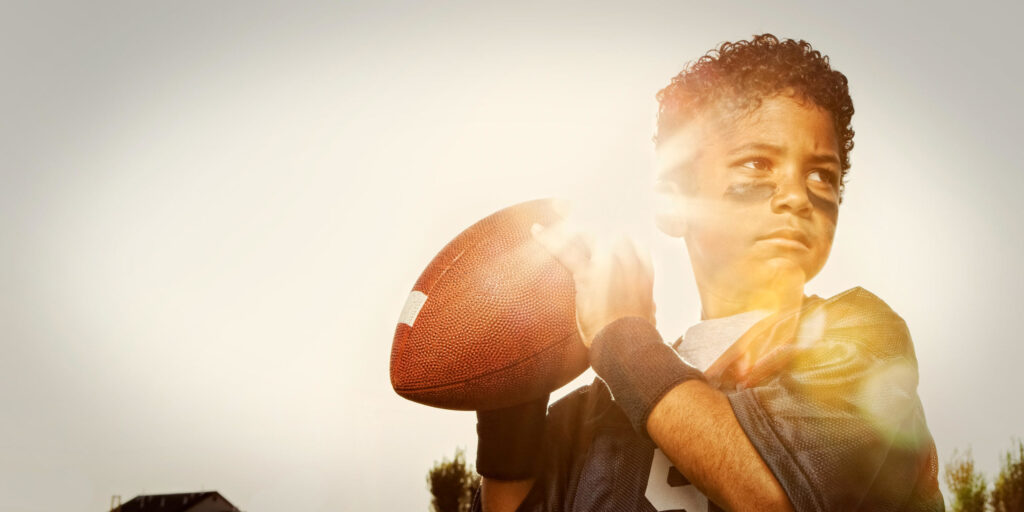Understanding the Impact of Sports on Young Athletes
Last month, MarketCast set out to understand the impact the global pandemic is having on kids’ media habits and mental health. We also focused a section of this research on sports, and the role it plays in the lives of young people. Specifically, we wanted to learn how playing and watching sports factors into the mix of a young person’s daily activities, and how sports compare to other media, such as playing video games or browsing social media.
Additionally, we wanted to understand the importance of sports on the identity of young people, including how participating in organized sports and sports brands influence their sense of confidence, self-worth and happiness.
So how are kids spending their time?
Among youth ages 7-15, media content remains a huge passion area with video games, TV and YouTube all leading the way when it comes to favorite things to do. Interestingly, according to our study, watching professional sports on TV is more of a niche interest than actually playing sports.
Favorite Hobbies, Passions & Things To Do

Sports Fandom Grows in Teen Years, But Video Games Dominate
Not surprising, video games dominate media engagement across age groups. However, between the ages of 13-15, we begin to see an uptick in young people considering playing sports as a passion area. This coincides with their entering middle and high school where sports becomes a focal point for their peers. By contrast, watching TV shows and movies becomes less important of a passion area after the 7-8 age range, while video games continues to be an important marker of identity with age.

Identity Matters to Kids
Kids are influenced by several external factors when it comes to their identity, and we’re seeing some differences with those that identify themselves as athletes compared to those who don’t.
Kids who consider themselves student athletes:
- 56% consider taking care of their appearance as a more important part of who they are versus 38% of kids who don’t identify as athletes
- 72% of self-identified athletes rate themselves as happy compared to 65% of non-athletes
- 59% say they are more confident compared to 41% of kids who do not identify as student athletes
- 52% of student athletes rate being physically strong is an important part of who they are
Kids Lean on Sports Teams, Athletes & Organizations for Inspiration
How kids see and deal with mental health issues is often shaped by what they’re seeing around them. In today’s society, sports teams, athletes and organizations play a big role in how young people identify with themselves and follow.
- 49% of youth who follow sports believe their identity and what’s important to them is connected to their participation, 9% more than non-sports fans. This is on par with identity markers “like having a lot of friends” (49%) and “being popular” (45%).
- Sports teams and companies are the #1 type of brand that kids can see helping them with identity (“figuring out who I am”).
- Helping with social issues is the #1 way that kids could see sports teams and companies helping.
Why It Matters
While sports fandom seems to take a back seat to video games and other media, student athletes report being happier and more confident than non-athletes, and they view sports teams and brands as playing an important role in helping shape their identity.
However, assuming all kids will grow up to be sports and movie fans is no longer a given. As more forms of content compete for the attention of kids and youth, from Fortnite and TikTok to Roblox and YouTube, sports rights holders, content creators and brands will have to develop strategies to nurture their fandom through every stage of development.
To learn more about MarketCast’s Kids, Youth and Family research practice, contact us.

